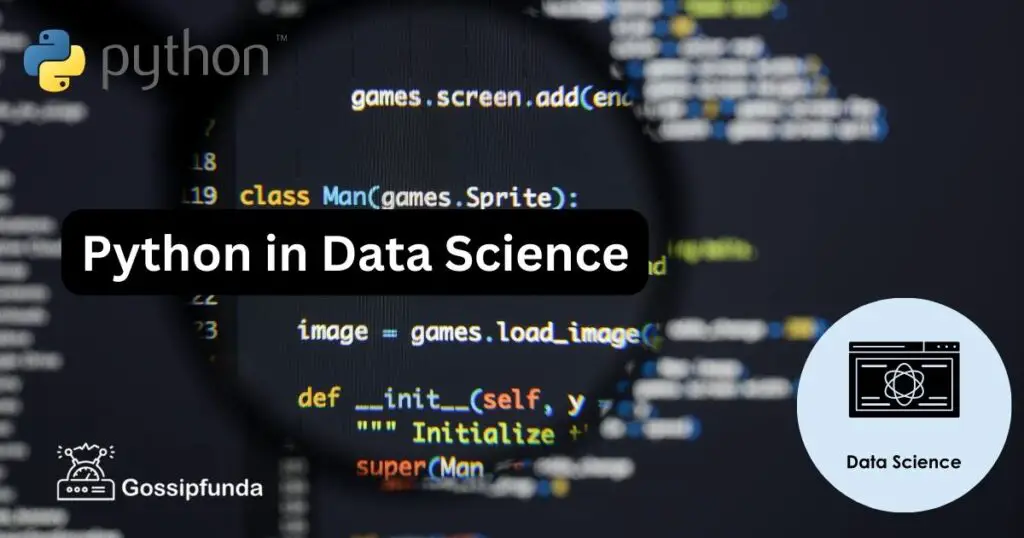Studying computer science is prestigious. With the number of students majoring in IT-related fields, it is no surprise that such degrees are in the limelight these days. Data Science and Optimization are among such areas, sometimes we need to write a report on such a topic. So, how to write the best assignment on Data Science and Optimisation
Needless to say that students choose to major in Data Science because it provides bright career prospects. Upon graduating, many find themselves in large corporations. Having a degree in Data Science, they successfully apply their knowledge and handle every challenge they face.
Of course, this doesn’t mean that studying Data Science and Optimization is effortless and that you can pass any course quickly and easily. Studying Data Science is demanding. Many students report being sleep deprived because of hectic study schedules and the number of assigned tasks. This adds up to work and internships students are often involved in. Thankfully, there are reliable companies that provide coding homework help. This allows students to balance their lives, which matters the most at the end of the day, right?
We also wanted to lend you a helping hand, so here is the guide to writing an outstanding assignment on Data Science and Optimization.
Don’t Miss: Exploratory Data Analysis with K-Means Clustering Algorithm

Preparing working framework
Whatever task you have to complete, it’s best to have a framework beforehand. Knowing what steps to follow, you will not only deal with the task way quicker, but your assignment will end up being well-structured and coherent.
Make sure to follow this pattern before delving into the task: exploratory analysis, data processing, featuring engineering, model building, hyperparameter tuning, training, and validating.
Preparing utility functions
Pay close attention to this tip, as it can save you a humongous amount of time. When working within Data Science, we use the same functions repeatedly. Some of them are short and easy to input every time from scratch. In turn, others are extensive, which takes time to type from the ground up. So why do that if you can create ready templates and utilize them effectively any time you need?
Usually, these are functions for handling missing values, loading and visualizing data, generating features, and many more. Create such functions and store them on Github.
Optimizing Data Science Code with Python
Typically, Data Science and Optimization students use Python to collect data and process it. Python is a universal soldier. It is present in AI and its branches, like NLP. What makes Python the most used programming language is that it is simple, easily understandable, and, most importantly, effective.
When using Python for data optimization, use Pandas. apply(). It is a feature engineering gem that will help you handle your assignment much faster. Using it, you can pass a user-defined function and apply it to every point. Expert programmers employ this Python extension, as it helps segregate data according to the conditions required.
Manipulating Data
Another excellent command related to the Pandas library is Pandas.DataFrame.Ioc. You will be required to update some values of a specific column in a dataset based on a particular condition. Pandas.DataFrame.Ioc will provide you with the best output for your query.
Vectorizing Functions
If you have a knack for Data Science and various assignments, you know how nerve-wracking slow loops are. Getting rid of them is a heck of a challenge, and here is when Python, with its vast array of functions, comes into play. Try vectorizing your function, and you will observe how speedily it applies on a list of inputs and returns a list of results.
Short Tips
Not that we consider the mentioned tips complicated; still, they might take you some time to find your way around. This list, however, comprises quick tricks to help you cope with your task and score the highest mark. This will be the key to write the best assignment on Data Science and Optimisation.
Transforming data and featuring engineering
It’s an excellent idea to combine transformations into one pipeline. Data Science relies on accuracy and transparency, so try using sklearn.pipeline.Pipeline to meet this precision. Remember to utilize the same encoder or pipeline to test the dataset correctly.
Aside from that, imbalanced datasets are standard, so use imblearn to level off your data.
Training a basic predictive model
Although often optional, it can be an excellent idea to train a basic model and include the outputs in your task. You can utilize logistic or linear regression and justify how performance differs between these two regressions.
Using cross-validation
If you employ target encoding, you might need to do cross-validation for your loops. Using RepeatedKFold will give you complete control over what happens in the out-of-bag and in-bag datasets.
Optimizing the machine learning model
Remember those weird word hyperparameters we have talked about earlier? Luckily, it only sounds complicated. See, optimal performance is an integral part of Data Science. It enhances Machine Learning models and makes them more productive and precise.
Hyperparameters perform several actions. One of them is determining how much interaction there is between the variables. When trying to optimize the ML model, use these methods for hyperparameter practice:
- Random search
- Grid search
- Bayesian Hyperparameter Optimization
Using AWS or GCP
Since we want to write the best Data Science and Optimization assignment, it would be reasonable to include cloud computing elements in your work. Cloud VM is usually used if the dataset is large.
Conclusion
Indubitably, these are not all the ways to help you write a sound assignment on Data Science and Optimisation. We can all agree on the field’s diversity; numerous workarounds for the same problem exist. We have enumerated a few. Nonetheless, they are valuable and easy to employ.
We can’t stress enough the importance of preparation. Doing tasks on Data Science requires warming up, just like the way people do in a gym. Preparing a framework and utility functions will let you spend less time on the task and be more effective.
Moreover, Python will allow you to dig deeper into particular functions. If you are short on time, you might not touch upon all the mentioned tips. But on no account does this mean you won’t get a high grade. We hope this article was helpful. Please share it with others and stay tuned.
Awill Guru is a technology enthusiast with degrees in VLSI Engineering (B.Tech, M.Tech) and Android Development. Their passion for education drives them to teach and share knowledge through their blog. He also hold qualifications in Sociology (M.A.) and Education (B.Ed), along with NIELIT O and A Level certifications.


